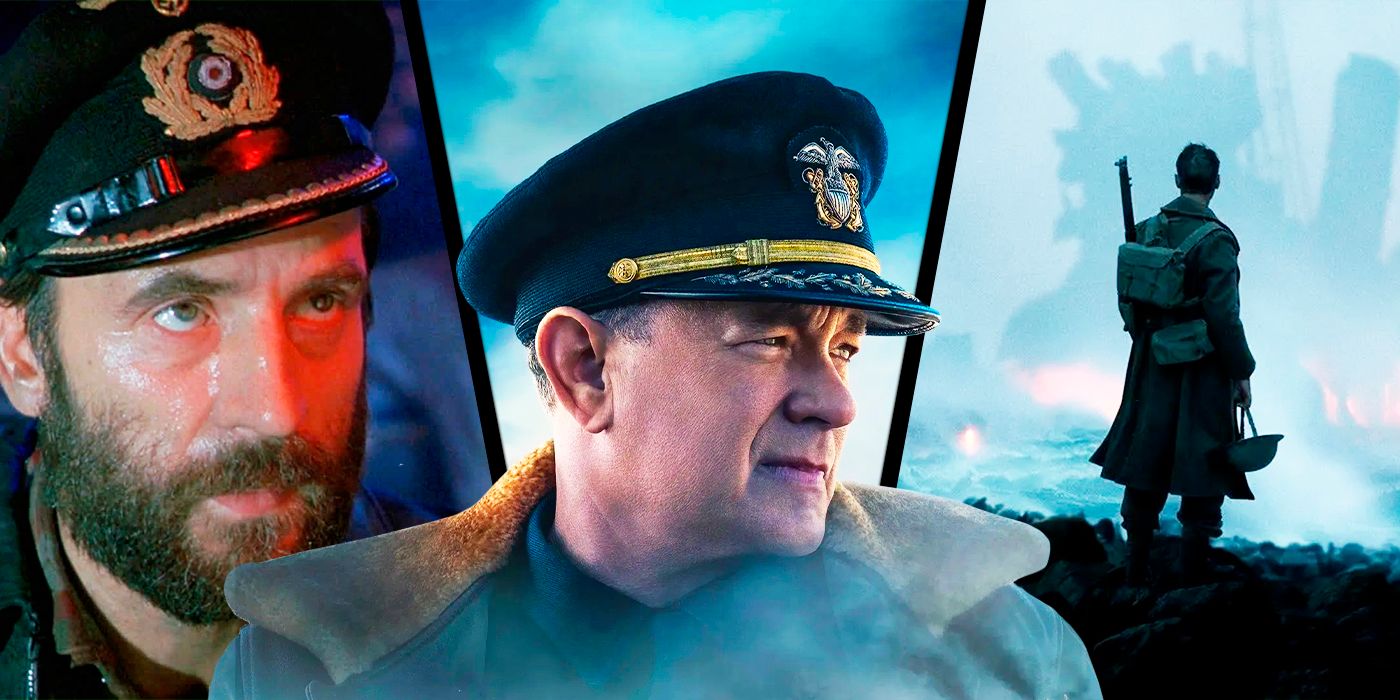
Typically, the most memorable war films like “Full Metal Jacket” predominantly revolve around army experiences rather than navy ones. However, naval war movies are typically more authentic in their depiction. These films often delve into themes of isolation and create an oppressive, claustrophobic ambiance that lends itself to gripping, tension-filled narratives. Despite not being as glamorous, many exceptional military movies center around naval warfare.
Naval combat extends beyond ship-vs-ship encounters; it encompasses airborne assaults and submerged attacks as well. Although no naval film can claim absolute realism, a convincing portrayal necessitates genuine dialogue, tactically sound strategies, and plausible character interactions with their challenging surroundings.
In the Navy, hierarchy plays a crucial role, and mutiny poses a significant problem. The novel “The Caine Mutiny” showcases characters who struggle with mutual trust, creating an atmosphere of tension. Regrettably, many classic films from the 1950s are bogged down by romance subplots that seem out of place or forced, and “The Caine Mutiny” is no exception in this regard. The romantic storyline doesn’t contribute much to the main plot and instead feels like a diversion from the film’s more intriguing aspects.
Moving beyond the romantic aspect, let me tell you, this movie offers one of the most gripping and psychologically intense performances from that time period. Humphrey Bogart’s depiction of a naval officer grappling with pressure is incredibly captivating. His gradual slide into paranoia is portrayed with such subtlety and tension that it significantly enhances the film. Few actors have managed to convey the delicate balance between authority and instability as convincingly as Bogart does in “The Caine Mutiny”.
In recent French cinema, The Wolf’s Call stands out as one of the most daring productions, boasting an intricate portrayal of its subject matter. The film was penned and helmed by Antonin Baudry, a former diplomat and engineer who has worked with military institutions in the past. This unique background gives the movie an authentic touch when it comes to naval operations. A key strength of the film lies in its exploration of sonar technology, which plays a crucial role in both advancing the plot and showcasing technical finesse.
The movie convincingly employs technical terms related to sonar and creates an atmosphere reminiscent of a real submarine setting. However, some scenes involving tactics and action may veer toward the dramatic. What makes this film stand out is its authentic portrayal of interior environments, character interactions, and dialogue that resonates with reality. It offers a unique and captivating insight into underwater warfare from a distinctly French point of view.
As I sat down to watch “The Sand Pebbles,” I was immediately drawn into the intricate world of an American gunboat manned by a blend of Americans and Chinese workers, right in the heart of the early Chinese Civil War stirrings. This film masterfully portrays the challenges that come with bridging language gaps and cultural differences on a ship, creating a tense working atmosphere that is as real as it gets.
The divide between the crew members is tangible, and friendships are forged after overcoming numerous obstacles. If camaraderie is found at all, it’s only after a series of hard-earned moments. As a movie reviewer, I can confidently say that “The Sand Pebbles” provides an authentic and engaging look into the complexities of such a multicultural work environment during tumultuous times.
Performing regular maintenance on the ship’s equipment involves significant hazards, even for tasks that appear ordinary such as inspecting pistons. The relentless demands of the ship can turn these tasks into potentially dangerous situations. Bystanders may observe casually, giving the impression of watching someone change a car’s oil, which only adds to the unsettling authenticity. Steve McQueen skillfully portrays Holman, blending stoicism and vulnerability to create a character that resonates on a deeply human level.
In the movie “Greyhound“, the romantic storyline might be typical Hollywood stuff and can go unnoticed, but its portrayal of naval warfare sets it apart as one of the most authentic in contemporary filmmaking. Most of “Greyhound” is tense and quiet, with the crew on edge as they wait, until a sudden attack leaves a part of the ship damaged. The movie excellently conveys the massive size and gravity of these ships, emphasizing how painstakingly slow their movements are, and how challenging it is to perform intricate maneuvers under stress.
In the narrative, logistics serve as a pivotal element, and many of the film’s most impactful conversations center around the strategic choices made to secure the safety of the convoy and team. Greyhound underscores the idea that, despite meticulous preparation, war remains unforeseeable. The film vividly captures the uncertainty of survival—who will make it and who won’t—with a chilling realism that leaves a lasting impression even after the closing credits.
In the gripping film “Run Silent, Run Deep,” Clark Gable and Burt Lancaster lend their exceptional talent and dedication to creating a sense of authenticity. Their characters are powerfully portrayed with deep conviction, nuanced subtleties, and a tender compassion that softens their gruff and aggressive aspects. Though the storyline is fictional, the dialogue, character development, and backdrop closely resemble submarine life during the 1940s.
One potentially unrealistic feature in the movie “Run Silent, Run Deep” is the ages of the main actors. Nevertheless, when you overlook this aspect, the film stands out as a remarkable portrayal of the confined existence on a submarine compared to other films from its era. The conversation about torpedo deployment and the associated calculations regarding their effectiveness at different distances lends an engaging technical language that genuinely reflects actual torpedo warfare.
Without a doubt, the standout film portraying Pearl Harbor is Tora! Tora! Tora!. This movie masterfully conveys the viewpoints of both the Japanese and the Americans during the tragic event, providing a comprehensive look into the psychological, motivational, and cultural factors that culminated in Japan’s surprise attack. It transcends a mere recounting of events, offering American viewers a more profound comprehension of the strategic and ideological forces driving the assault.
The gripping storyline of Tora! Tora! Tora! is its main draw, but its action sequences are surprisingly effective for their era. The movie convincingly portrays the magnitude and tension of the aerial assault, vividly depicting the confusion and urgency of an unexpected attack. It skilfully combines historical authenticity with emotional resonance, making it both educational and captivating.
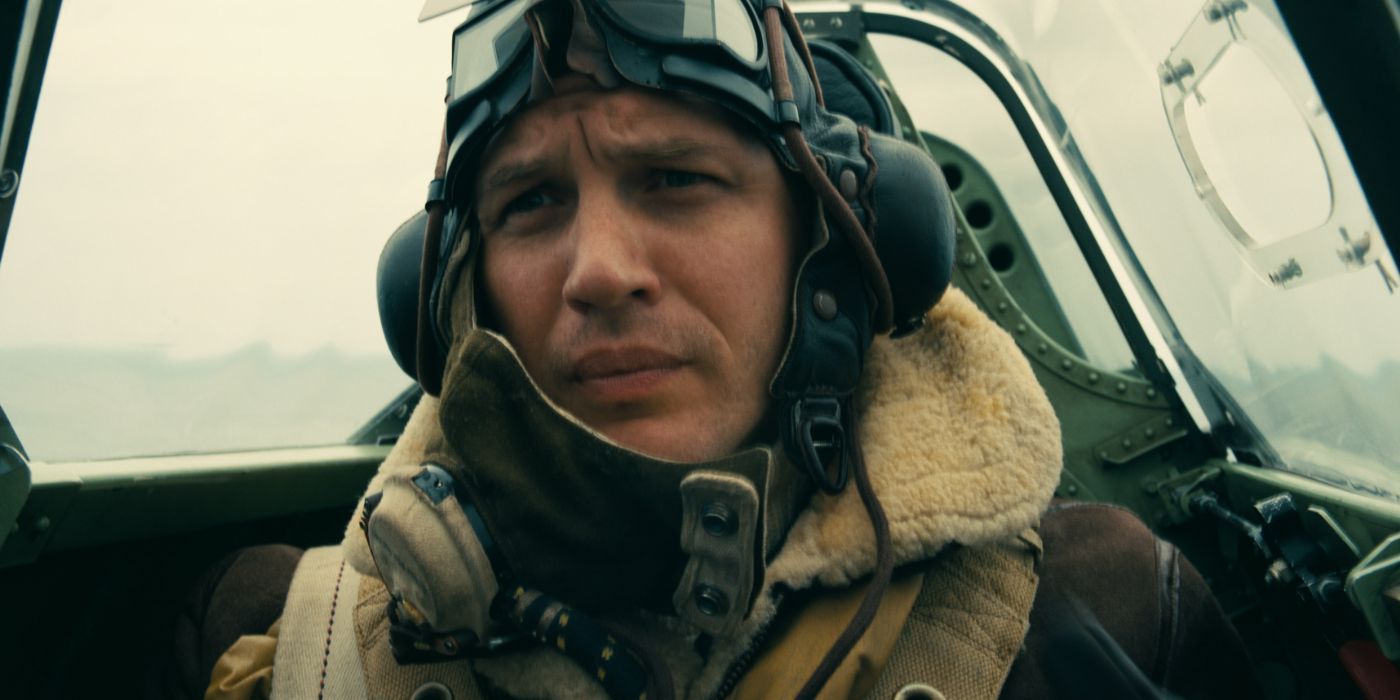
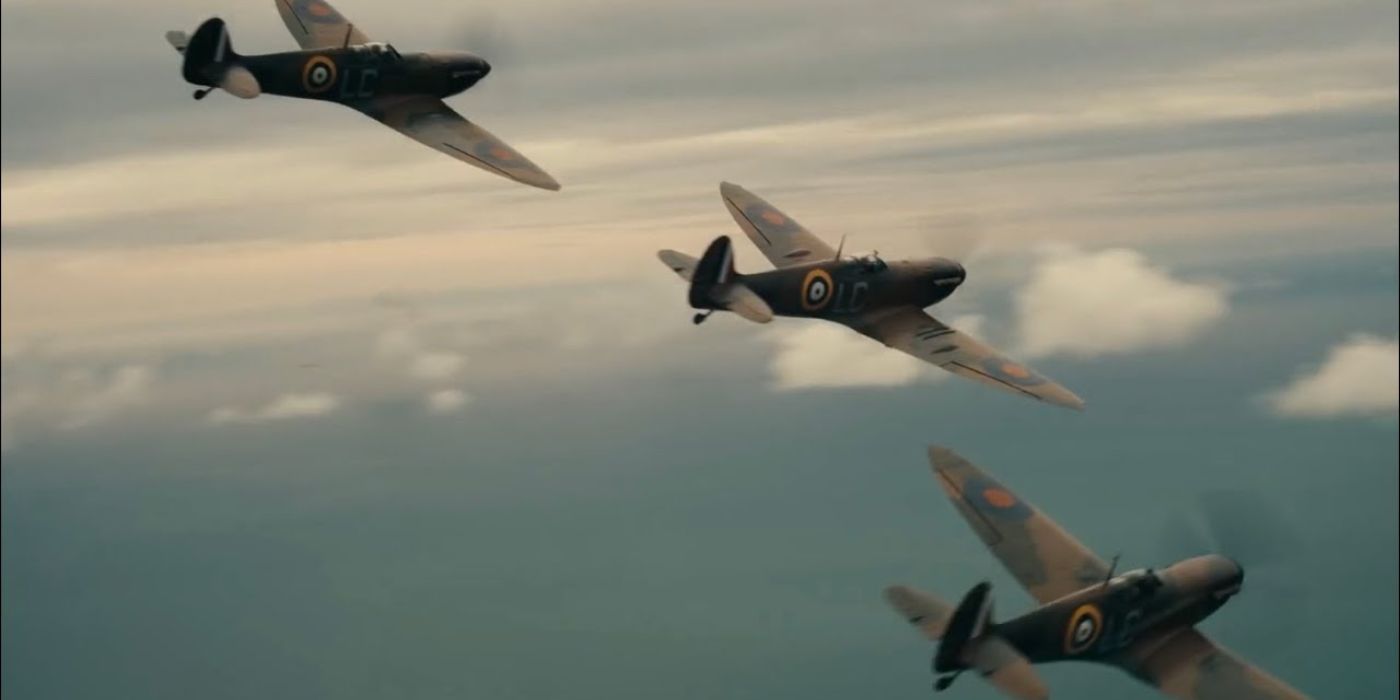
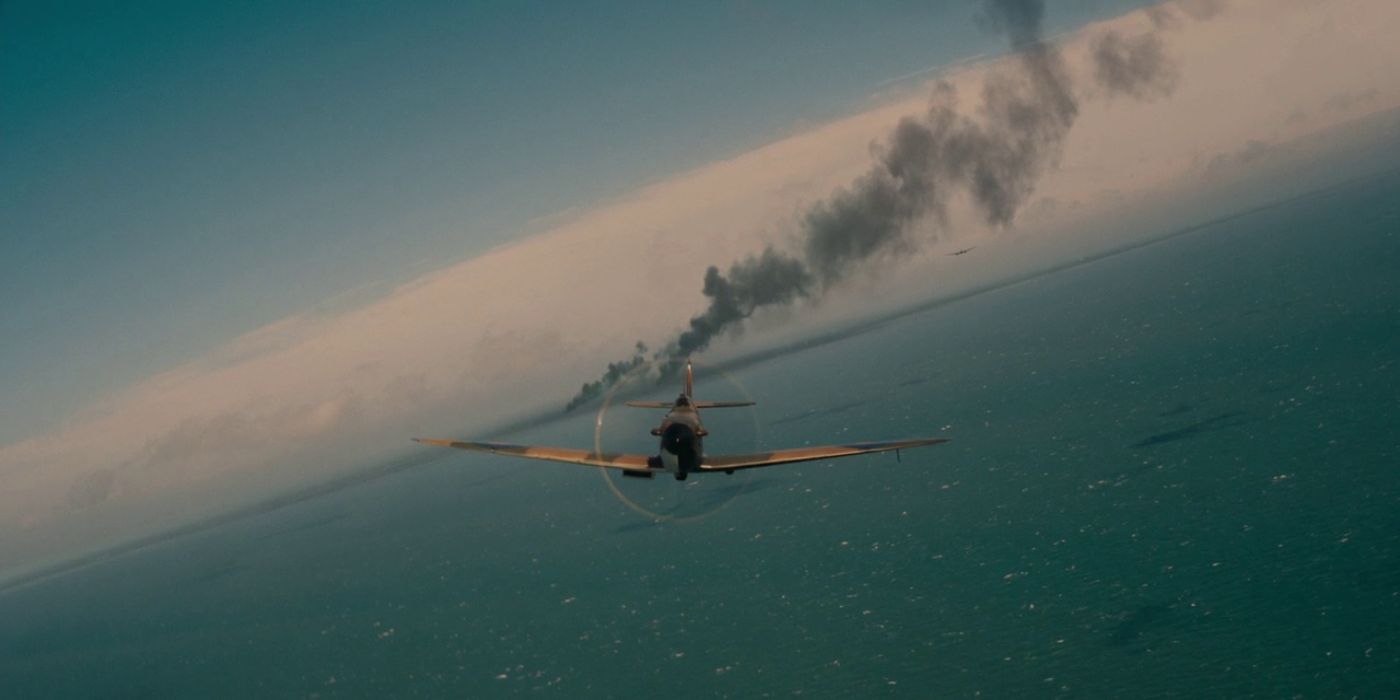
The withdrawal from continental Europe during World War II was a crucial event for the British, and the film “Dunkirk” vividly portrays this sense of desperation through the interwoven narratives of various soldiers. Although the movie highlights aerial combat—with air supremacy and artillery fire playing essential parts in the evacuation operation—its true power lies in its more subdued, introspective scenes. Director Christopher Nolan steers clear of typical war film clichés, opting instead to create an ominous ambiance and build tension to depict the vastness of the French retreat.
As a cinephile, I’d put it this way: In the grand tapestry of Dunkirk, dialogue takes a backseat, allowing for profound visual storytelling to unfold. The cinematography is nothing short of breathtaking, immersing us in the raw, palpable feeling of vast landscapes and the desperate urgency soldiers face as they traverse exposed terrains. The performances by Tom Hardy and Cillian Murphy are powerhouse, lending a poignant human touch to the film, making Dunkirk a striking, realistic, and understated masterpiece.
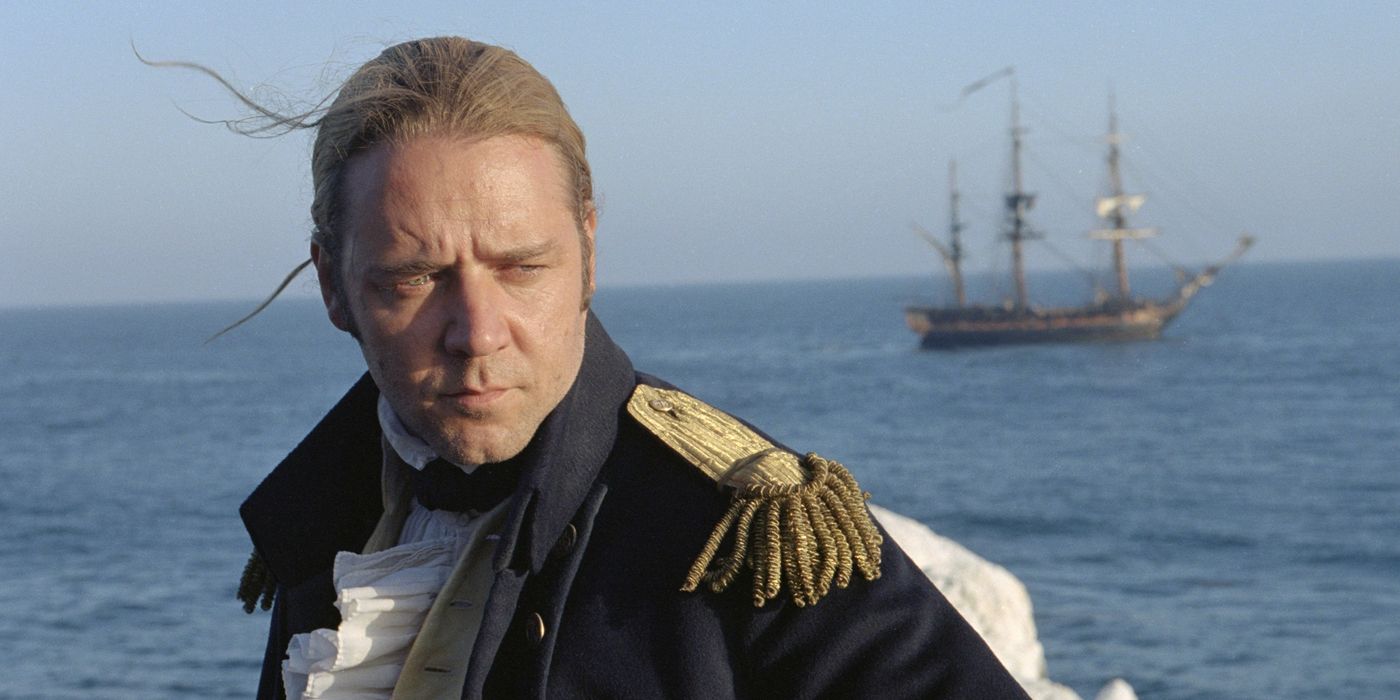
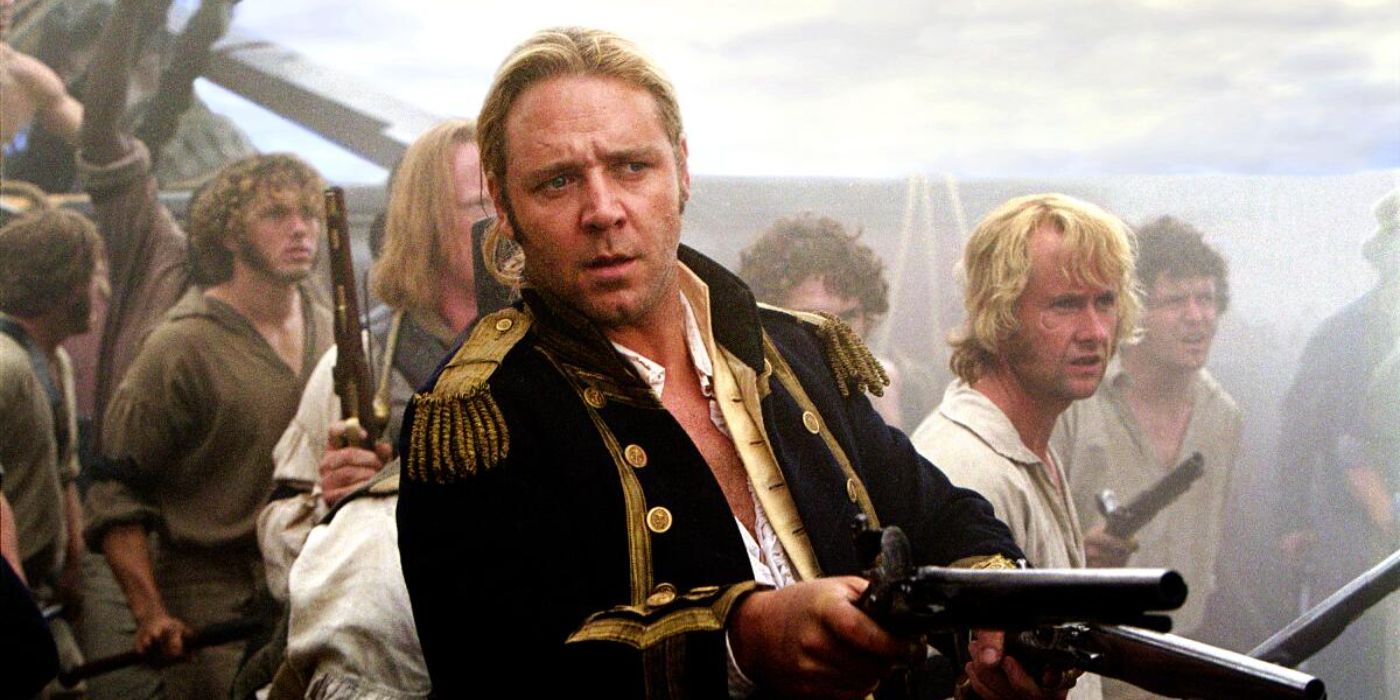
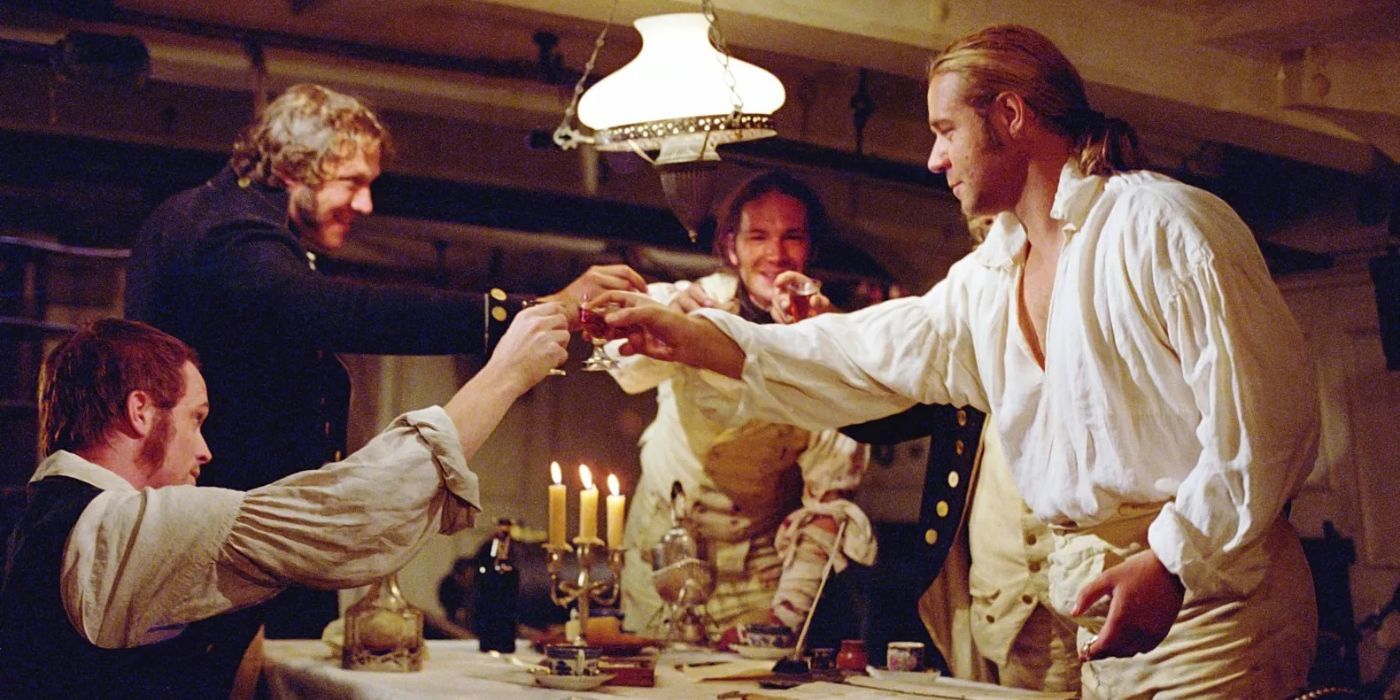
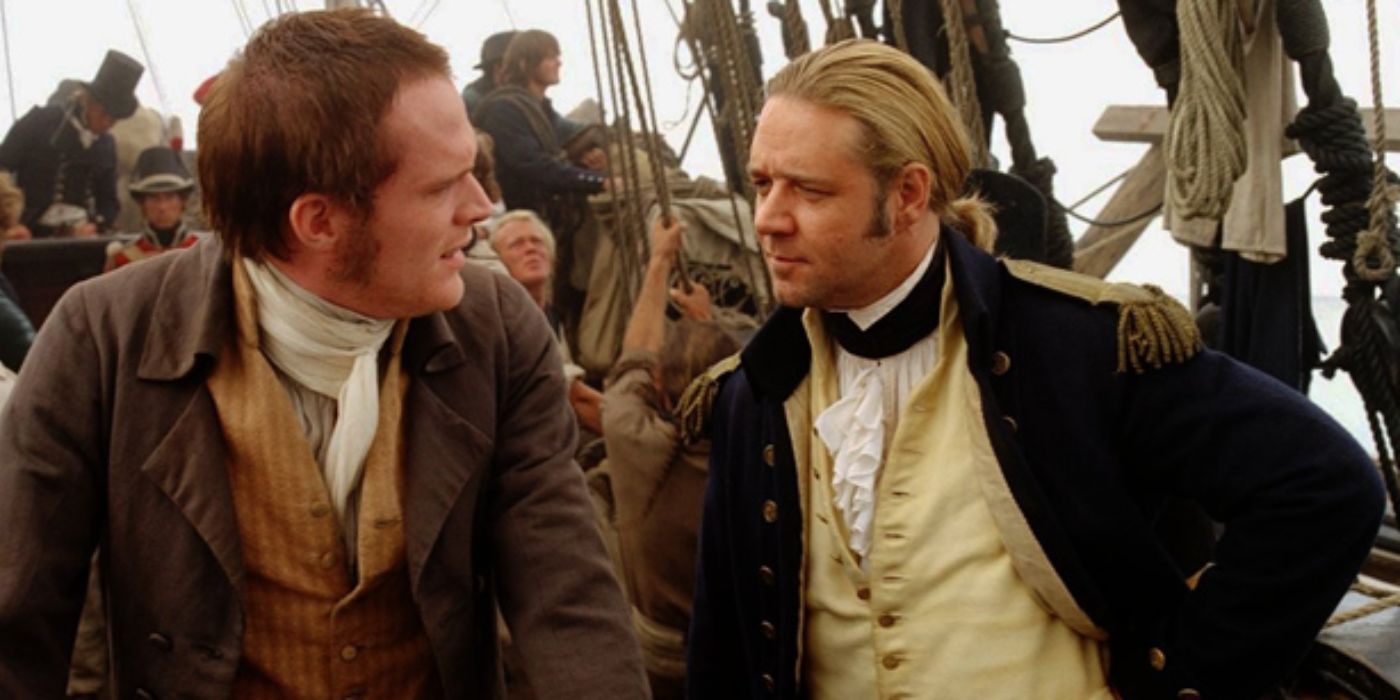
In contrast to naval warfare movies that usually take place in contemporary times or during World War II, “Master and Commander: The Far Side of the World” is unique for its authentic representation of maritime conflict during the Mercantile era. This film is remarkable due to its portrayal of the challenging circumstances endured by sailors during the Napoleonic Wars, including the rudimentary yet effective medical practices of the time and the chaotic regulations that governed life at sea in this period.
Master and Commander: The Far Side of the World accurately depicts the young officers and high-ranking sailors who were often promoted at an early age during that time period, mirroring the real ambitions and ranks of the era. With a remarkable focus on details in costumes, dialogue, and overall production, this film transports its viewers back to the early 1800s, offering a striking depiction of life aboard a ship during the Napoleonic Wars.
If you’re seeking large-scale battles and heroic acts, “Down Periscope” is not the film for you. Instead, it stands out as one of the more realistic war movies due to its absence of such spectacle. Military life frequently includes long periods of inactivity, during which time is often passed by joking around or finding ways to dodge tasks. In a genuine and humorous way, “Down Periscope” portrays this facet of military existence.
In a more casual and engaging style: “Down Periscope, a comedy with plenty of pranks and jokes, may not have a complex storyline. However, its carefree, amusing portrayal of military life makes it incredibly relatable for those who’ve served. It provides a humorous yet authentic glimpse into the everyday moments of military service.
It’s quite possible that “Das Boot” is considered the ultimate submarine movie. Being a German production, it provides a unique insight into the German viewpoint during World War II, yet its depiction of underwater combat resonates with anyone who has experienced life on a submersible. In essence, “Das Boot” plunges viewers into the confined, tense environment of a U-boat.
The movie titled The Boat isn’t shy about silence, frequently incorporating prolonged, tense moments where only the echoes of machinery humming and sonar blips resonate, amplifying the mounting apprehension. While it employs conventional submarine elements such as flooding and claustrophobia, it does so masterfully. The film maintains a balance between high drama and realism, keeping the tension palpable throughout. By the conclusion of this epic journey, viewers are left with an uncommon feeling of respite after being immersed in such prolonged suspense.
Read More
- Brawl Stars December 2025 Brawl Talk: Two New Brawlers, Buffie, Vault, New Skins, Game Modes, and more
- Clash Royale Best Boss Bandit Champion decks
- Best Hero Card Decks in Clash Royale
- Call of Duty Mobile: DMZ Recon Guide: Overview, How to Play, Progression, and more
- Clash Royale December 2025: Events, Challenges, Tournaments, and Rewards
- Best Arena 9 Decks in Clast Royale
- Clash Royale Best Arena 14 Decks
- Clash Royale Witch Evolution best decks guide
- Brawl Stars December 2025 Brawl Talk: Two New Brawlers, Buffie, Vault, New Skins, Game Modes, and more
- Decoding Judicial Reasoning: A New Dataset for Studying Legal Formalism
2025-05-01 17:07
